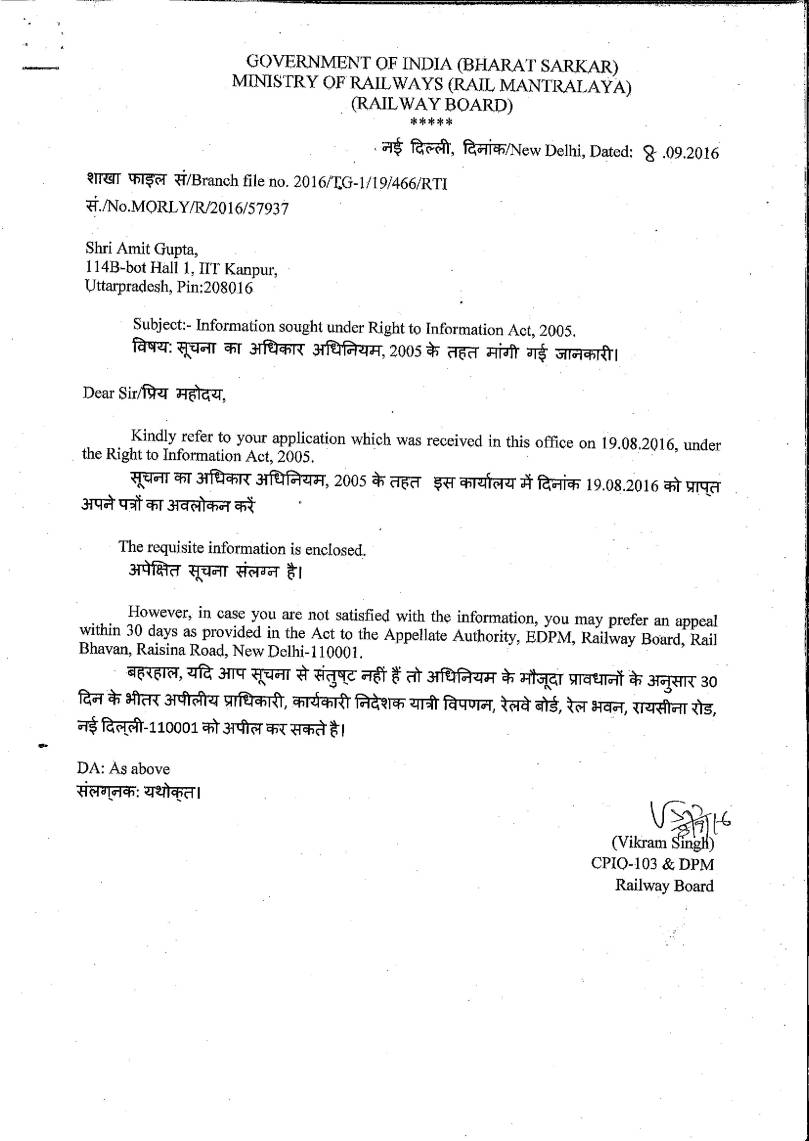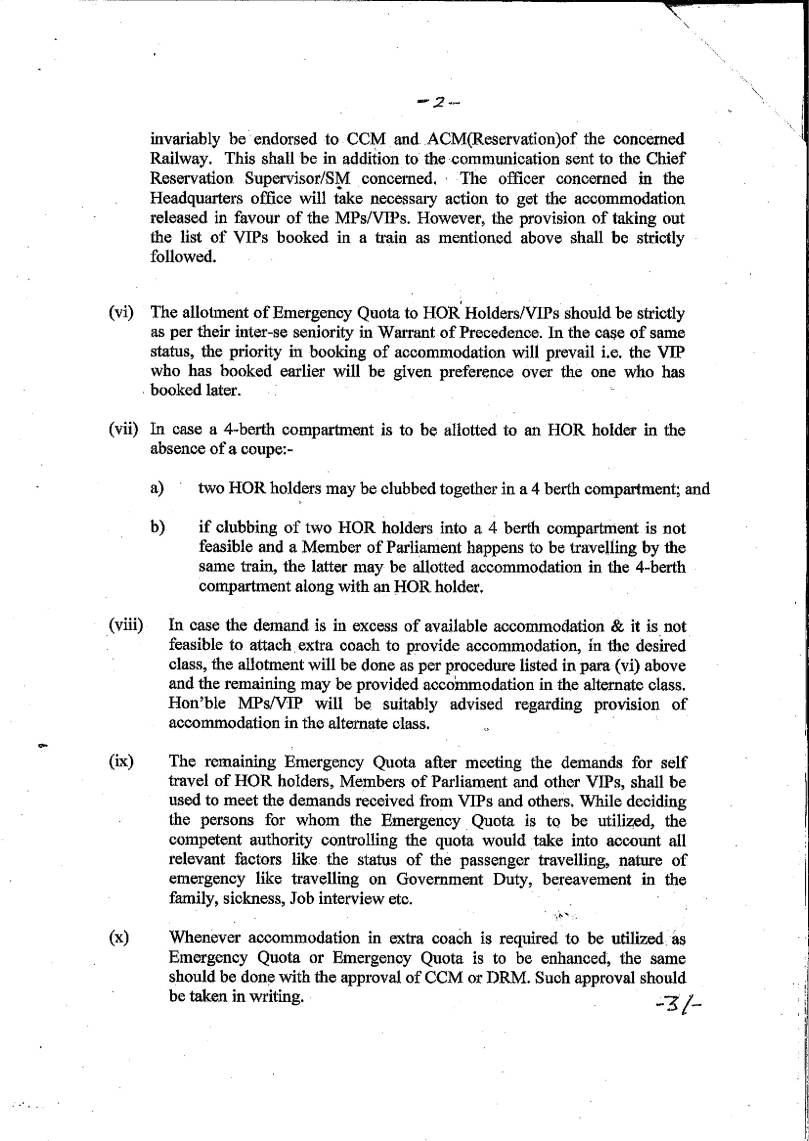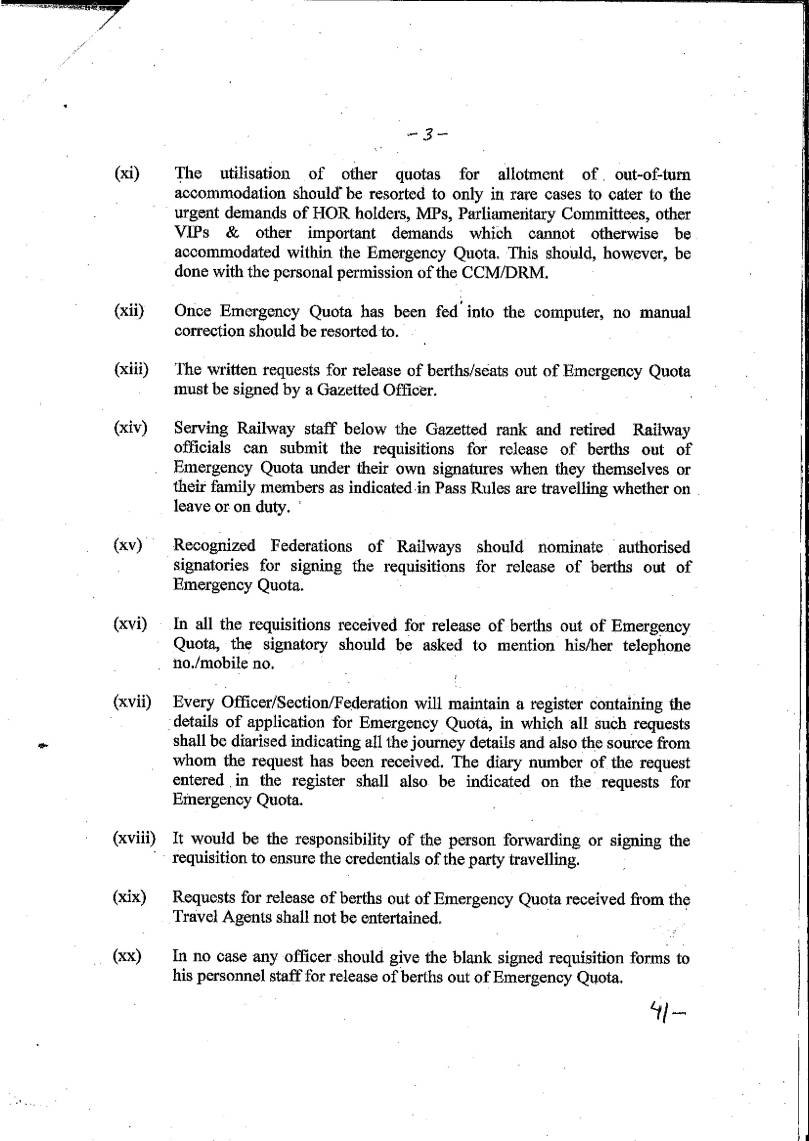The Indian Railways is planning to construct Rishikesh – Karnaprayag railway line in state of Uttarakhand. The railway line will be the first laying of the track line in Uttarakhand after independence in 1947. 85 per cent (105 KM) of proposed 127 KM line will pass through tunnels and 11 new railway stations will be constructed to cater to the people. They are New Rishikesh, Shivpuri, Byasi, Deoprayag, Maletha, Shrinagar, Dhari, Rudraprayag, Gholtir, Gauchar and Karanprayag. It is being presumed that the tourists visiting places like Badrinath, Kedarnath, Valley of Flowers, Hemkund Sahib, Tunganath and the ski resort of Auli, will benefit from it.
History
Historian Gopal Bhardwaj says that the British had planned a track from Haridwar to Mussoorie via Harrawala and Rajpur, bypassing Dehradun.
But due to some opposition from the administration and businessmen from Dehradun, it was decided to link Haridwar and Dehradun first. This resulted in the proposal to link Mussoorie with Haridwar being put on the backburner while a track between Haridwar and Dehradun was sanctioned on the 18 November, 1896. This rail line was subsequently opened on 1 March, 1900.
It was in 1921 that the plan saw a new lease of life, with the floating of a public limited company — Dehradun-Mussoorie Electric Tramway Company Ltd. With a share capital of Rs 36 lakh, the firm was promoted by a businessman called Belti Shah Gilani and a large number of people invested money in it. Maharaja Ripudaman Singh of Nabha (Punjab) reportedly had an investment of Rs 10 lakh and the Maharaja of Jindh was also a major stakeholder. The electric railway network was to link Rajpur to Mussoorie via Jharipani and Barlowgunj.
But the tunnel at Jharipani is supposed to have caved in, killing a few workers. This combined with political unrest and the alleged embezzlement of funds by company officials, eventually leading to the project being abandoned.
Present

(Reference: http://www.rvnl.org/project/map.php?id=99)
In 2013, Rail Vikas Nigam Limited completed the final survey of the alignment of the proposed line. The Corporation asked the chief minister to help in the acquisition of land for the proposed railway line, which was likely to cost Rs 4295 crores. However as of 2016 the project cost rose to approximately 16000 crore. The heavy cost is due to large number of tunnels which need to be built for the project and delay in granting forest clearance.
The work on project is expected to start from December 2016. 308.39 hectare of reserved forest land, 110.316 hectare of governmental land and 169.918 hectare private land would be transferred to Rail Development Corporation Limited for the project. In-principal clearance for the first phase of the project has already been given by the Union ministry of forests, environment and climate change. Formal clearance will be granted by the ministry after compliance of the conditions mentioned in the in-principal clearance letter.
A 15.1-km tunnel, longest in the country, is set to come up between Devprayag and Lachmoli on the route. The project will also include 16 bridges with the longest of them being 460 m.
India’s longest tunnel at present is the 11.2 KM link from Banihal to Quazikund linking the Jammu region to the Kashmir valley.
PS: The size of forest land mentioned on official site (http://forestsclearance.nic.in/viewreport.aspx?pid=FP/UK/RAIL/11812/2015) is different. It also consists of other important documents attached for more details.
References:
1. http://hillpost.in/2013/09/uttarakhands-rishikesh-karanprayag-rail-line-survey-complete/96130/
2. http://timesofindia.indiatimes.com/city/dehradun/The-unfulfilled-dream-of-train-to-Mussoorie/articleshow/46387478.cms
3. http://www.business-standard.com/article/current-affairs/rishikesh-karanprayag-rail-project-cost-might-touch-rs-15-000-crore-115022401473_1.html
4. http://timesofindia.indiatimes.com/city/dehradun/Work-on-Rishikesh-Karnprayag-railway-line-picks-up-pace/articleshow/52168695.cms
5. http://timesofindia.indiatimes.com/city/dehradun/Work-on-Rishikesh-Karnaprayag-railway-line-to-begin-in-December/articleshow/54918138.cms
6. http://www.hindustantimes.com/dehradun/coming-soon-india-s-longest-railway-tunnel-on-rishikesh-karnprayag-route/story-wS8XHEfypDEXqdmkby3aAN.html









